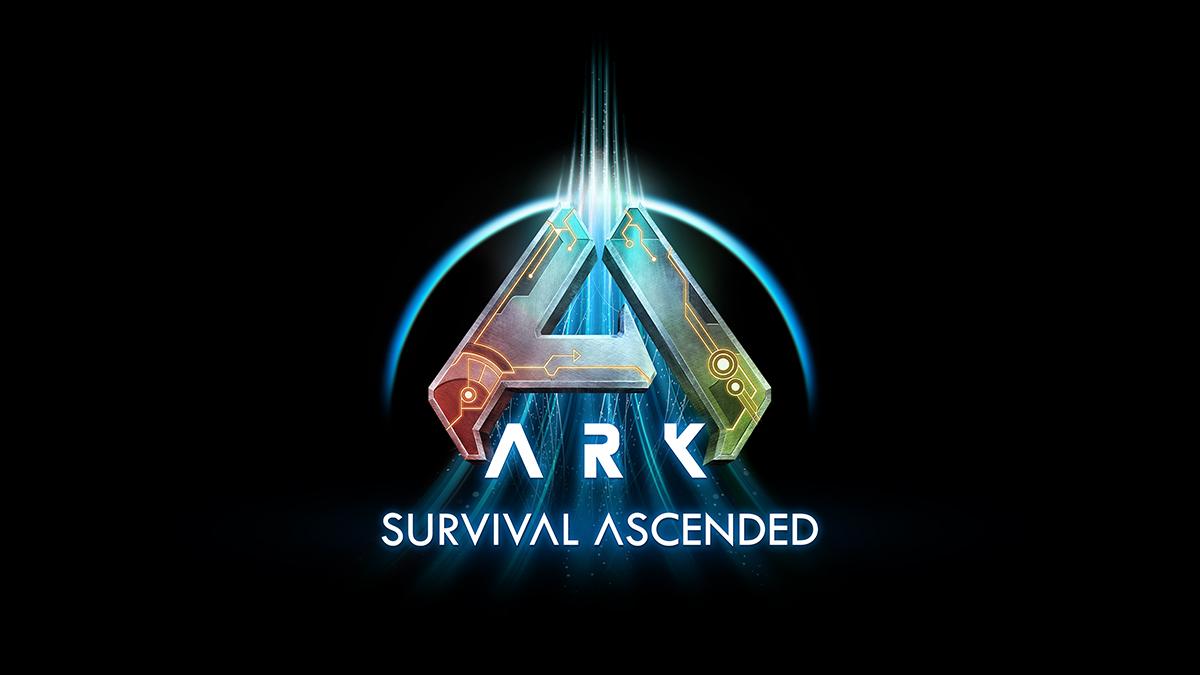At this year's
GTC, NVIDIA presented an interesting technique called Neural Radiance Cache whose goal is making path tracing faster and better thanks to AI and the Tensor Cores available in GeForce RTX GPUs.
As you can probably guess by its name, NRC is a new way to cache radiance based on neural networks. Originally described in the research paper 'Real-time Neural Radiance Caching for Path Tracing', the technique trains the neural networks (using path traced data) to predict radiance at any point in the 3D scene.
...
Instead of tracing the full path of rays from point X to Y and beyond, developers can simply query the Neural Radiance Cache to get an accurate estimate of that radiance. The advantage is immediately obvious, as the paths can be terminated earlier, thus improving both the speed (due to decreased texture loads, shading operations, and other savings) and the quality of the path tracing application.
As a bonus perk, Neural Radiance Cache produces less noise than regular path tracing since the estimated radiance comes from the cache. According to NVIDIA GeForce DevTech Engineer Jakub Boksansky, who explained NRC in the GTC 2023 talk, the technique is also very easy to integrate, needing very few parameters and being independent of materials, lights, shaders, et cetera. Last but not least, it's trained at runtime, so it supports entirely dynamic scenes by default.
In practice, NRC works by running a path tracer and gathering the output data as training points. The path tracer is also modified to terminate 96% of the paths early, usually after two or three bounces, while only the remaining 4% of the paths are traced from beginning to end. The latter paths are used specifically to train the algorithm.
...
Right now, NRC only supports Microsoft's DirectX 12, though Vulkan compatibility will be added at a later date. As mentioned earlier in the article, Neural Radiance Cache also requires a GeForce RTX GPU since it relies on its Tensor Cores to work.



